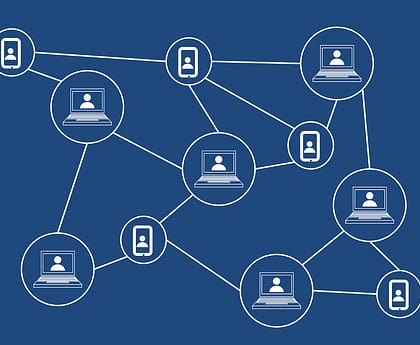Cryptocurrencies are known for their volatility with prices fluctuating dramatically, However, stablecoins aim to provide stability by pegging their value to an existing asset. Typically, the, U.S. dollar, This allows investors, to have from the intense price fluctuations of other cryptocurrencies like Bitcoin. But the recent collapse of a stablecoin called terraUSD, also known as UST, has shaken investors’ faith in the stability of these digital assets Stablecoins, such as Tether and USD Coin. ( USDC ) are like casino chips for the crypto world. Traders can buy these tokens with real dollars and use them to trade other cryptocurrencies.
When they want to cash out, they can redeem their stablecoins for the equivalent amount of dollars. The importance of stablecoins to the crypto market lies in their ability to make the transfer from fiat currencies to cryptocurrencies more efficient, liquid and cost-effective. However, not all stablecoins are as stable as they claim to be.
Terra USD backed by fiat collapse
The collapse of terraUSD, which dropped to just 12 cents from its $ 1 revealed the flaws in its stability mechanism. Unlike stablecoins, backed by fiat currency reserves, UST relied on a complex set of rules. If the price of UST fell below a dollar, an algorithm would create new units of a sister coin called luna, while taking an equivalent amount of UST out of circulation.
The idea was to throttle the supply of UST and push its price back up to $ 1, But in extreme situations like the recent collapse, this mechanism can lead to a vicious circle where UST loses its peg.
The worlds largest Stablecoin market value
The price of luna falls further and panic selling occur. Tether the world’s largest stablecoin by market value, has also faced doubts about its stability. It temporarily fell below a dollar on several exchanges, raising concerns about whether it holds enough assets to support its peg
Tether’s reserves, which were initially claimed to be backed 1-to-1 by cash, have come under scrutiny. The fear is that if everyone were to start redeeming their Tether tokens at once, the company might not have enough readily available dollars to honor.
Regulation and systemic danger of Stabelcoins
The regulators are now taking notice of stablecoins and calling for new rules to address the risks they pose to the financial system. Governments in the U.S., U.K. and EU are concerned about the regulation around stablecoins,
While stablecoins might not currently pose a systemic danger. There is anxiety that if they remain untreated, they might end up being too big to fail”, like the banks that triggered the 2008 financial crisis.
The U.K. government has recommended giving the Bank of England powers to intervene if a stablecoin of systemic scale fails. Overall, better regulation of stablecoins and other cryptocurrencies is seen as necessary to improve transparency, trust and stability in the market by implementing auditing control and monitoring systems.
Regulators can ensure that stablecoins and other digital assets are properly backed and operate within the boundaries of the financial system. This will benefit all participants in the cryptocurrency market and help prevent future collapses and crises.




